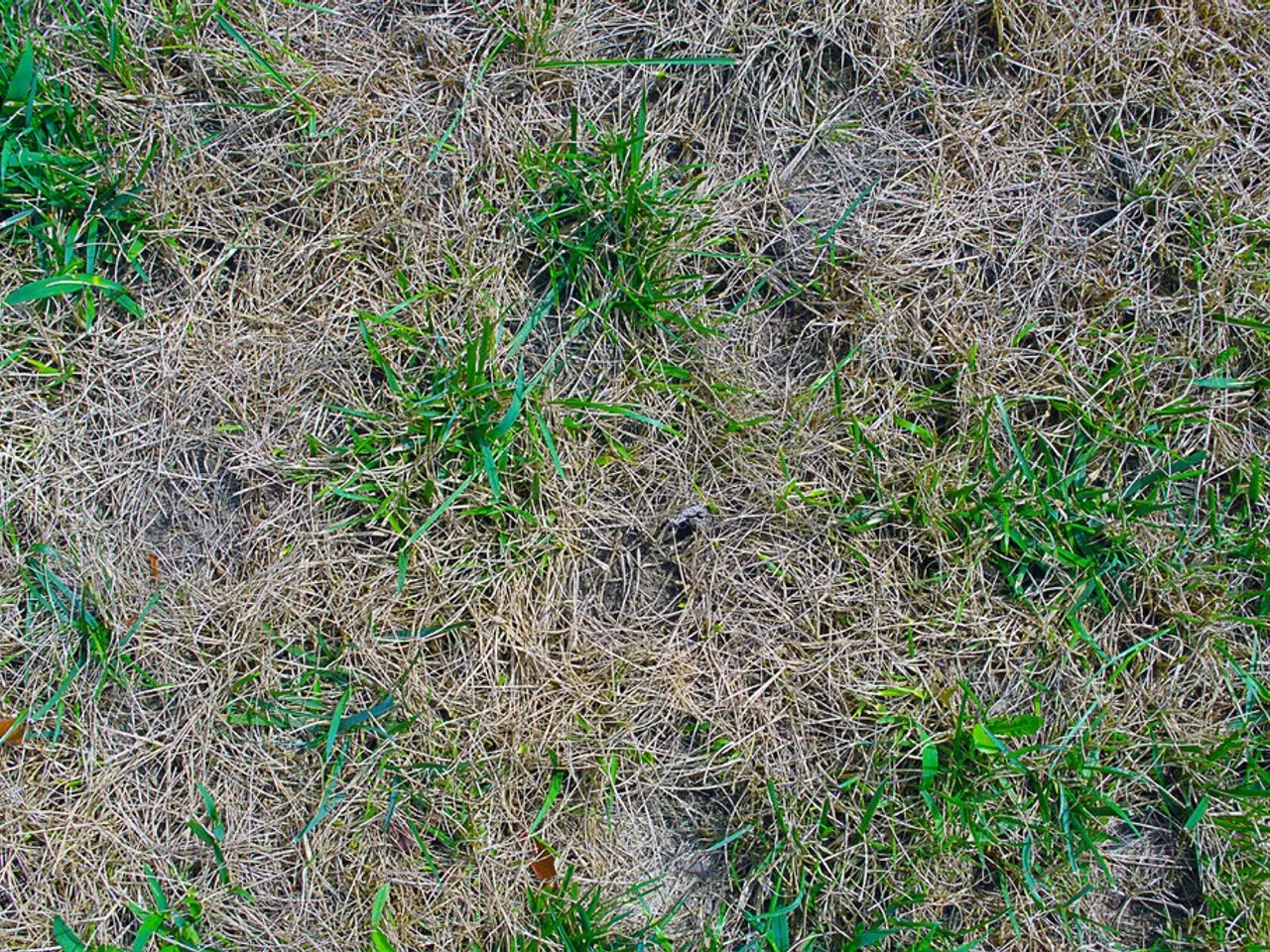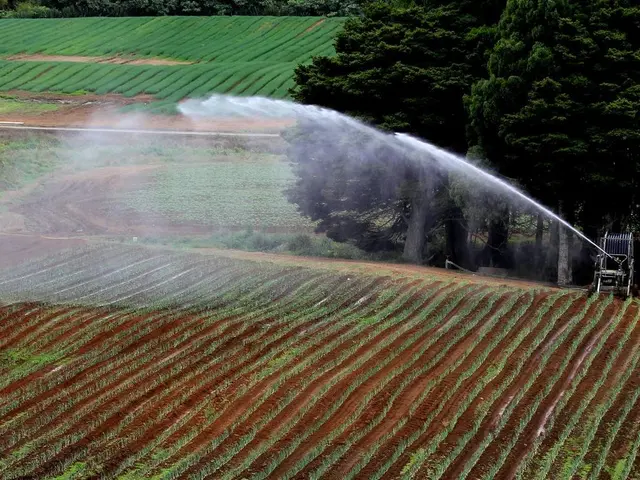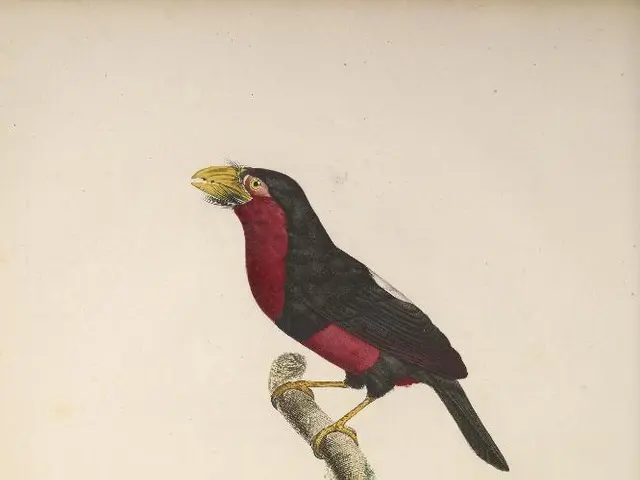Grass colony establishes in barren terrain: Arid area witnesses emergence of vegetation
## The Pervasive Presence of Buffel Grass in Australia and Efforts to Manage Its Impact
Buffel grass (Cenchrus ciliaris), a native of parts of Africa and Asia, has become a significant invasive species in Australia, particularly in arid and semiarid regions. Known for its ability to form dense stands that outcompete native vegetation, buffel grass has significantly altered ecosystems in some areas, pushing out native plants, fueling hotter bushfires, and threatening sacred sites.
### A Brief History of Buffel Grass in Australia
The introduction of buffel grass to Australia can be traced back to the 1840s, when it arrived via camel harnesses. Explorers such as Gosse, Warburton, and Giles, who used camels on expeditions north and west from South Australia during the 1870s, likely aided its spread. Cameleers carried small cloth parcels of seeds and broadcast them at favored localities, contributing to the grass's widespread distribution.
### Mapping and Managing Buffel Grass
While specific nationwide mapping efforts for buffel grass are not widely documented, local organizations and government bodies are involved in tracking its spread. For example, the environmental impacts of buffel grass are being addressed through community awareness and management plans.
In the Northern Territory, the government has allocated $750,000 annually to tackle the buffel grass issue, allowing for the employment of Clarke and a technical officer, and another technical officer due to start work this month. The Northern Territory Weed Management Plan for buffel grass, expected to be released soon, will provide guidance and best practices but will not have legislative requirements.
Community groups and field naturalists are observing and documenting the spread of buffel grass, raising awareness about its impacts on local ecosystems. Adjunct researcher Dr Margaret Friedel has spent more than 50 years studying arid and semi-arid environments and has convened workshops across Australia concerning attitudes to buffel grass.
### Buffel Grass: A Love-Hate Species
Buffel grass has earned a reputation as a love-hate species, with some calling it "God's grass" for its ability to provide pasture and soil conservation, while others refer to it as the "botanical equivalent of the cane toad." In 2001, it was estimated that buffel covered 30 million hectares of inland Queensland, and in 2019, Biosecurity South Australia labeled it as the biggest invasive species threat to biodiversity across the entire Australian arid zone.
In May 2023, conservation groups proposed that buffel grass be listed as a Weed of National Significance (WoNS) by the Australian Government. If approved, this would provide a framework for managing the invasive species across the country.
Buffel grass presents a complex challenge for Australia's ecosystems and communities. While it has some benefits, its negative impacts are clear, and efforts are underway to better understand and manage its spread.
- The environmental-science community is examining the impacts of climate-change on the distribution and growth patterns of buffel grass, recognizing that this invasive species may thrive under warmer and drier weather conditions, potentially exacerbating its impact on Australia's ecosystems and biodiversity.
- Integrating buffel grass management strategies into educational-and-self-development programs could foster environmental awareness among the younger generation, instilling the importance of sustainable practices and responsible use of technology in landscaping and agriculture, minimizing the likelihood of future invasions by such species.
- As efforts to manage buffel grass continue, the use of advanced technology, such as satellite imaging and GPS tracking, in monitoring its spread and informing control measures, could significantly enhance the effectiveness and efficiency of eradication efforts, thereby aiding in the long-term preservation of Australia's unique environmental landscapes.




